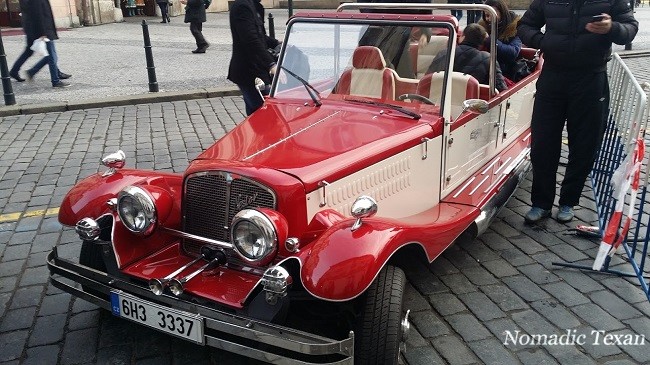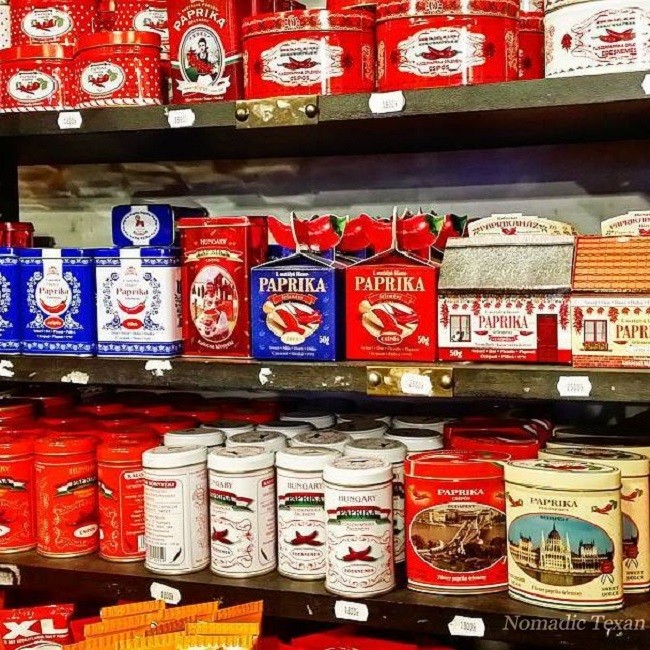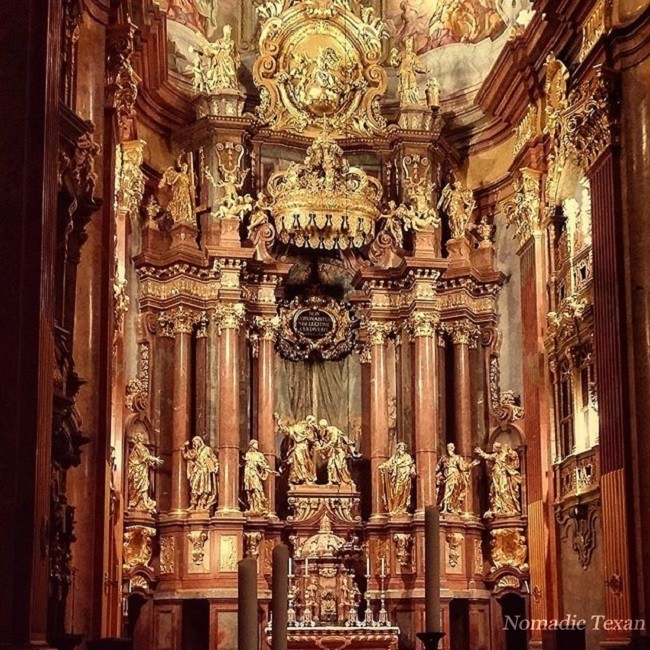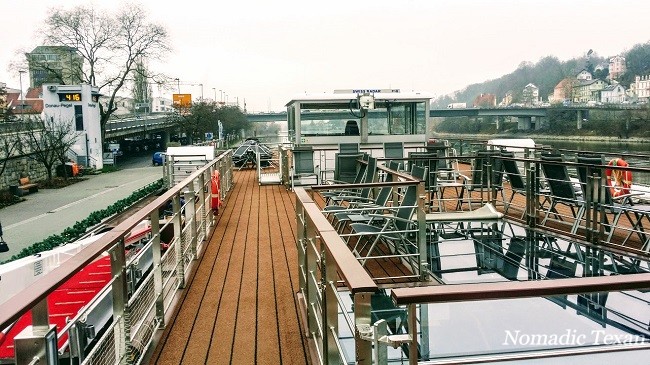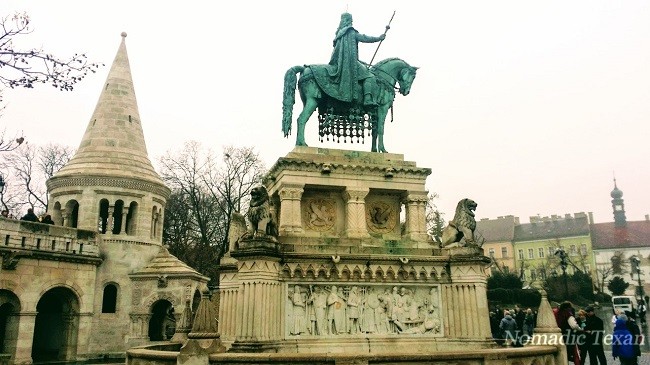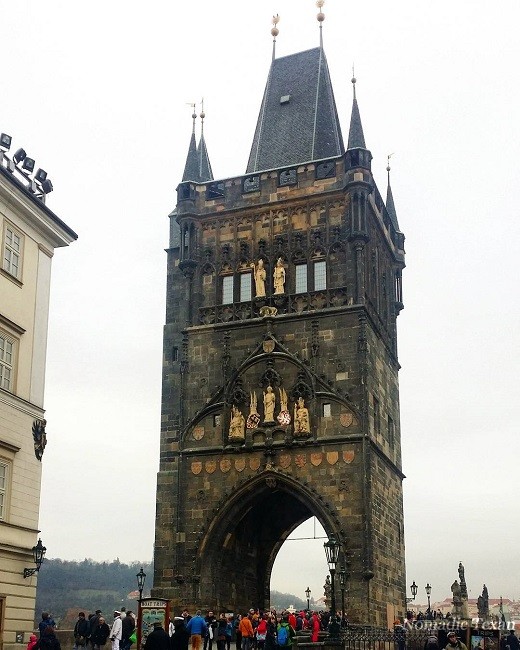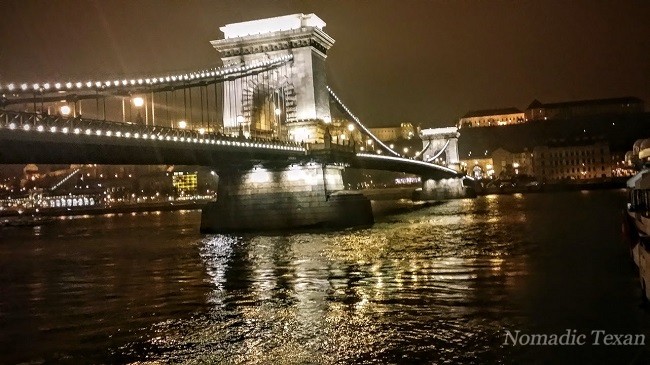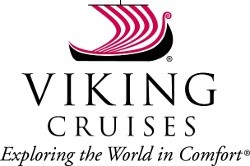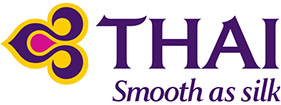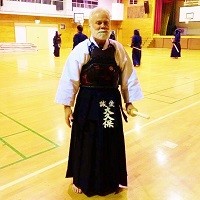Viking Cruises, Photo of the Day #16
As we rambled through the Christmas Market on a tour of Budapest with Viking River Cruises, we smelled delicious aromas and one of the items was Chimney Cakes, a kind of twisted Cinnamon Roll or curled donut, with various flavors added. The Hungarian name is Kurtoskalacs. They are made from a sweet, yeast dough of which a strip is spun around a truncated coned-shaped baking spit.
The dough is rolled in sugar and roasted over a charcoal fire as illustrated in the photo. They are basted with melted butter while the spit is turned and cooked until the cakes turn a golden brown. During the cooking or roasting process the sugar turns to caramel and forms a shiny crust. The glaze is then topped with additional toppings like ground walnuts and cinnamon.
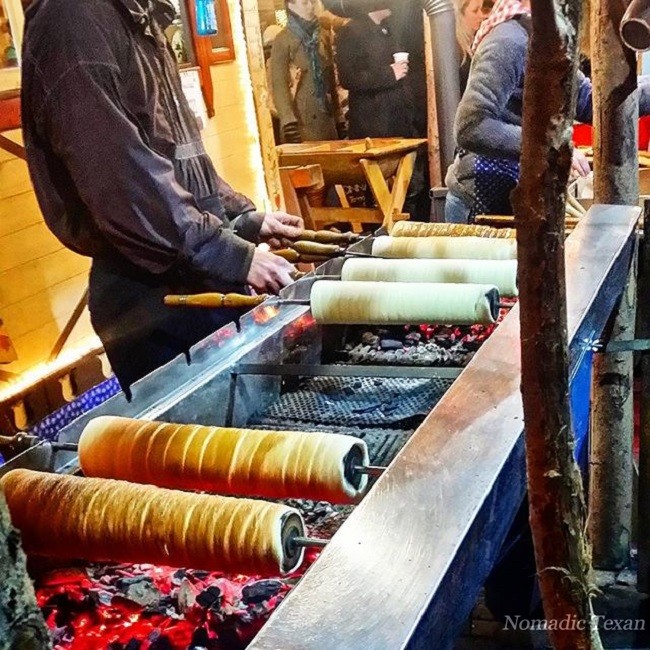
Chimney Cakes Budapest
The origin of the name Chimney Cake refers to a stovepipe, since the fresh, steaming cake in the shape of a truncated cone, resembles a hot chimney. The first recorded mention was in about 1450 and is found in a manuscript by Heidelberg. It was described as a strip wound in a helix shape around a baking spit and brushed with egg yolk before baking. In the 16th century there were three varieties of this pastry with minimal variances in components and shape.
The Hungarian and Czech pastry were approximately the same and were described in the original cake above. The second type is a pastry made from batter belonging to the Lithuanian, Polish, French German, Austrian and Swedish populations.The third and final style was a continuous dough strip placed on a spit. In 1876 Aunt Rezi’s Cookbook was the first recipe that applies sprinkling sugar on kürtőskalács before baking to achieve a caramelized sugar glaze.
The present day baked item emerged in the first half of the 20th century. This included the use of ground, chopped or candied walnuts applied as an additional topping. As far as we know Pal Kovi’s cookbook Erdélyi lakoma (Transylvanian Feast), came out in 1980 and appears to be the first mention of applying this type of topping. At the end of the century a far reaching range of flavoring, cinnamon, coconut, cocoa, vanilla, etc. were toppings applied in addition to the nuts. The cakes have remained fairly stable since this. I can tell you, it is critical you buy one if given the chance. They are delicious and worth every penny!
***Portions of our cruise were sponsored by Viking River Cruises. All opinions, as always, are those of my own.



